“Africa rising”—a reference to the strong economic performance across the continent over 2000-2014—is being questioned: Weak economic growth for sub-Saharan Africa as a whole since 2015, along with the subdued outlook for commodity prices, is reportedly undermining the region’s economic promise and reinforcing critics’ beliefs that the narrative is dead.
These skeptics, though, downplay several important factors. First, the low aggregate growth rate is mostly driven by the three largest economies— Angola, Nigeria, and South Africa. Excluding these economies from the aggregate or focusing on the country-level growth rates reveals a significantly more positive picture and suggests that it may be premature to call for an end of the rising narrative. Second, high commodity prices were only one of the factors behind the region’s recent strong economic performance. The other factors—including improvements in macroeconomic management, governance, and business environments as well as rising entrepreneurship—should continue to support economic expansion in many economies.
It is understandable that many are questioning the “Africa rising” narrative. The large commodity, notably oil, price shock of 2014 hit several African economies very hard. Partly reflecting this shock, aggregate growth declined from 5-6 percent in 2004-2014 to only 2.5 percent in 2015-2017, a rate that barely keeps up with population growth. The past year’s performance and near-term outlook for the largest economies is particularly concerning. Last year, South Africa’s economy, which continues to face major structural problems, stagnated, as did that of Angola, while Nigeria’s contracted for the first time since 1991. Moreover, the latest projections for these economies suggest only tepid recovery in coming years.
Excluding these three economies, though, sub-Saharan Africa’s aggregate growth for this year rises from 2.5 percent to almost 4 percent, faster than the 3.5 percent rate for the global economy. What’s more, five of the world’s 10 fastest growing economies are located on the continent; about two-third of the region’s economies are expanding faster than the global economy this year; and one-third of them are expanding at a rate of 5 percent or higher. Importantly, as shown in the figure, roughly half the economies in sub-Saharan Africa will expand over the next five years, at an average rate similar to or higher than the rate that prevailed in the heyday of the “Africa rising” narrative.

Perhaps the skepticism reflects lasting memories from the 1970s through the mid-1990s, and concerns that the progress made since then is not sufficiently consolidated. During those darker periods, dictators ruled in many African countries with no accountability, social fabrics were ravaged by civil wars, institutions were fragile, and the continent was plagued with tepid economic growth and reduced to what The Economist called “the hopeless continent” in 2000. But these days are gone and not likely to return. Policymakers across the continent are sustaining progress on the reforms of the 1990s that were catalysts of the subsequent high‑growth era. Even though a lot remains to be done, economic management and business environments continue to improve; institutions are getting stronger; and governance continues to strengthen. Importantly, the advent of information and telecommunication technology (ICT) is enabling populations, particularly the youth, to become better informed, to engage more in civil and political discourse, and to demand more accountability from leaders. ICTs are also unleashing innovative and entrepreneurial potential across the continent. These are only parts of the positive gains of the past two decades or so that are not likely to reverse and should continue to improve and help sustain economic activity even if commodity prices do not rebound. After all, the region’s economic growth averaged 5.6 percent between 2000 and 2004 before commodity prices began their rapid ascent.
Even though it is premature to declare the end of the “Africa rising” story, the challenges faced by these economies in the years ahead are daunting. In particular, the external environment will be much less favorable as global interest rates rise, commodity prices remain subdued, and growing discontent with globalization and changing political environments cause some governments in advanced economies to revisit commitments to development assistance. This challenging environment should serve as a reminder for African policymakers to look inward and refocus policies on domestic resource mobilization to finance their economic agendas. These agendas should emphasize key priorities, including efforts to diversify economies to make them more resilient, to accelerate industrialization, and to create sufficient jobs for the 11 million people entering the region’s labor force every year. They should also target specific human development outcomes to ensure shared prosperity and sustained progress toward poverty reduction, and increase the representation of women and young people in leadership positions.
These priorities will be particularly important for Angola, Nigeria, and South Africa. In the first two, the ability to shift the growth model away from excessive reliance on oil will be determinant. In South Africa, bold reforms to overcome the structural problems—many inherited from the apartheid era—will be vital. These efforts begin with the right political leadership and strong commitment to good governance. Failure to do so may result in a long period of low growth. In this case, would it make sense to tell an Africa rising story with three of the largest economies in the doldrums?
“Africa rising” need not mean “all” African countries rising. Increasingly, African economies are differentiating themselves, and we ought to evaluate them on country-specific fundamentals and the merits of their respective economic policies.
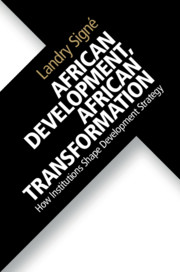

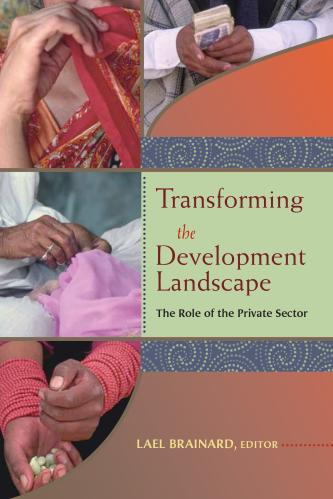
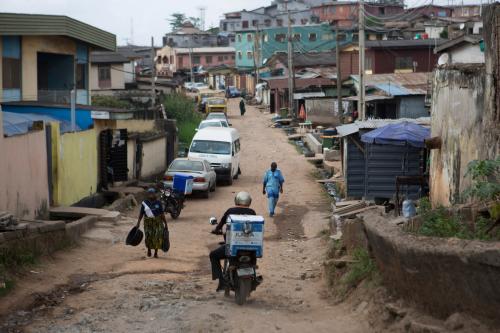
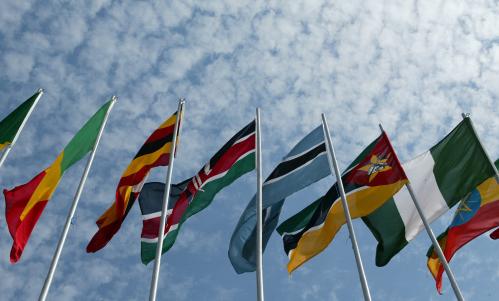
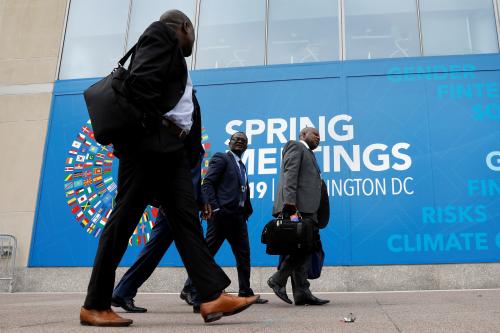




Commentary
In defense of the ‘Africa Rising’ narrative
June 27, 2017